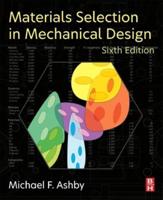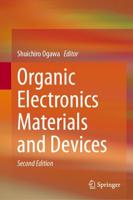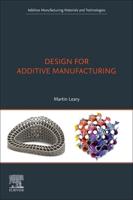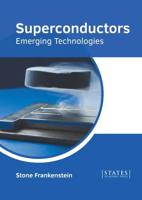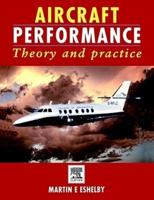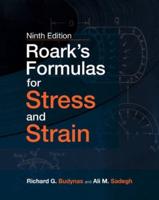Publisher's Synopsis
Electrical rotating machines must be tested to demonstrate that the performance meet a stated specification. One fundamental requirement in determining the acceptability of an electrical machine is to check that the temperature rise of any winding does not exceed specified limits, as this would adversely affect the life span of the insulation system on the winding. Such direct testing is not possible if the electrical supply or the loading facilities have insufficient capacity, or if the physical connection to the shaft is difficult, and many alternative forms of indirect test have been proposed.;This report presents a detailed analysis of some 20 of these methods. Where possible, examples of test data have been analyzed to derive realistic error estimates for predicting the rated load temperature rise and the type of equipment needed for the tests is described.;The methods covered include: the superposition method for induction motors and for synchronous and dc machines; and equivalent load tests for induction motors (forward short-circuit test, modulated-frequency method and dc injection), for synchronous machines (zero-power factor and equivalent energy), and for induction and synchronous machines (mixed-frequency method). The limitations of indirect tests are highlighted and conclusions are drawn, and useful references given. The information in this report has been collected from published papers and from communications with industry.





